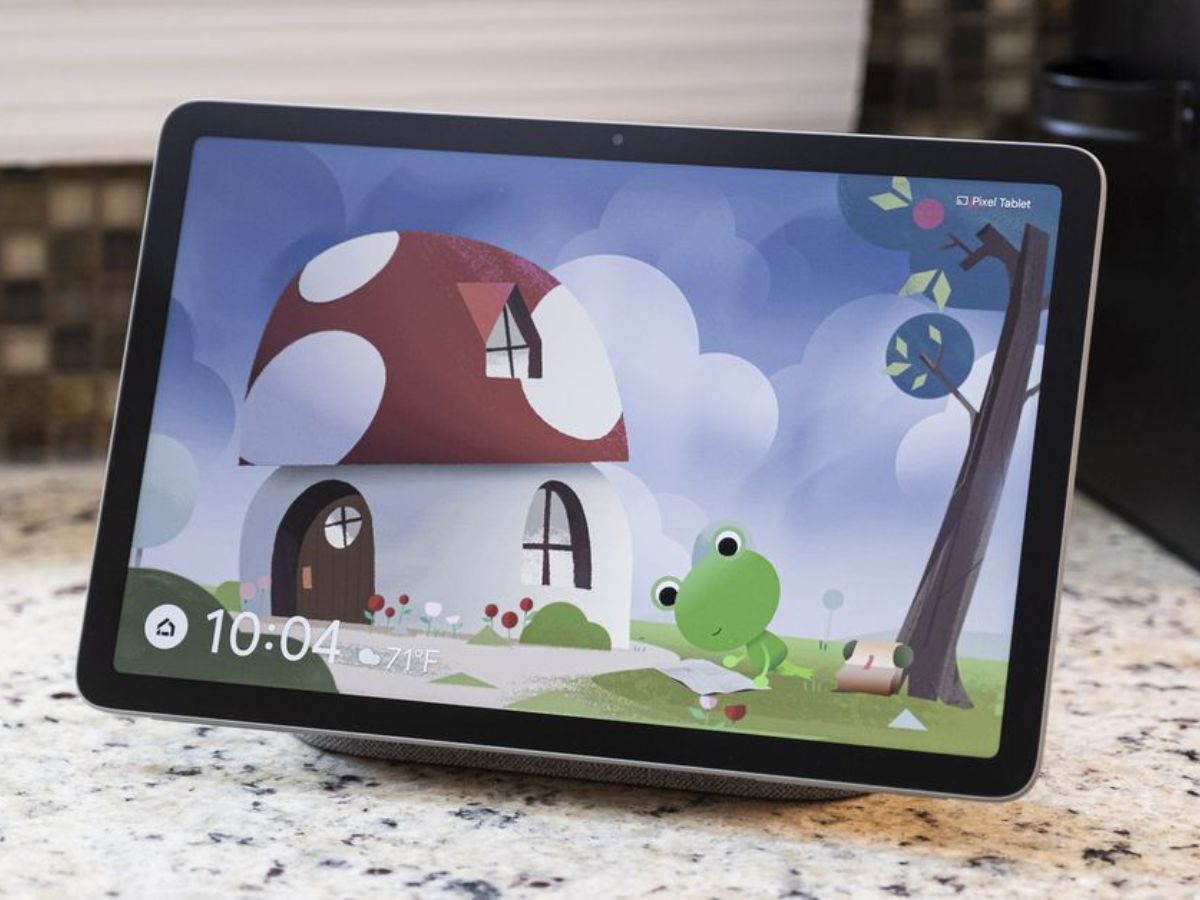
Determine Your Purpose
Before diving into specifics, define how you plan to use your tablet. Different users have different needs, and understanding your purpose will help narrow down your options.
Entertainment
- High-resolution display
- Robust performance
Productivity
- Powerful processors
- Ample storage
- Comfortable keyboard
Basic Use
- Budget-friendly options
Screen Size and Display
Screen size is a critical factor when choosing an Android tablet. Here are some common sizes and their typical uses:
7-8 Inches
- Great for reading e-books
- Checking emails
- Making quick phone calls
10 Inches
- Popular size for general use
- Ideal for watching videos
- Browsing the web
- Playing casual games
12 Inches and Above
- Perfect for productivity tasks
- Working on documents
- Editing photos
- Running multiple apps simultaneously
Display Quality
- Resolution: High-resolution displays (at least Full HD or Quad HD) ensure clear and vibrant text and images.
- Aspect Ratio: A 16:9 aspect ratio provides a cinematic experience for videos.
- Brightness and Color Accuracy: Ensure the display is bright enough for various lighting conditions and has good color accuracy.
Performance
Performance is crucial for demanding tasks like gaming, video editing, or running multiple apps simultaneously. Key performance-related factors include:
Processor
- Recent-generation processors from Qualcomm (Snapdragon), Samsung (Exynos), or Google (Tensor) offer better performance and efficiency.
RAM and Storage
- At least 4GB of RAM
- At least 64GB of storage
- Expandable storage options like microSD cards
Battery Life
- Long-lasting battery (at least 8 hours on a single charge)
Operating System
Android is the most popular operating system for tablets, but it's not the only option. Consider the following:
Android Version
- Ensure the tablet runs on the latest version of Android (at least Android 11) for security updates and new features.
Customization Options
- Some users prefer custom ROMs or launchers for more control over their device's appearance and functionality.
Design and Build Quality
The design and build quality of a tablet can significantly impact your user experience:
Material
- Durable materials like aluminum or glass provide a premium feel and protect against scratches.
Weight
- Lighter tablets are easier to carry but may compromise on build quality.
Durability
- Check for IP ratings (e.g., IP67) indicating resistance to dust and water.
Connectivity Options
Connectivity options are vital for staying connected and transferring data:
Wi-Fi
- Ensure the tablet supports Wi-Fi 6 for faster internet speeds.
Bluetooth
- Bluetooth 5.0 or later is recommended for seamless connectivity with other devices.
USB Ports
- A USB-C port offers faster data transfer speeds and can be used for charging.
5G Support
- Look for tablets with 5G support for high-speed internet on the go.
Additional Features
Some tablets come with additional features that might be important to you:
Stylus Support
- Ideal for creative tasks like drawing or note-taking.
Biometric Security
- Fingerprint sensors or facial recognition provide an extra layer of security.
Camera Quality
- A good camera can be useful for taking photos or scanning documents.
Budget Considerations
Budget is an important factor when choosing an Android tablet:
Budget-Friendly Options
- Lenovo Tab M10
- Samsung Galaxy Tab A series
Mid-Range Tablets
- Google Pixel Slate
- Samsung Galaxy Tab S series
High-End Tablets
- Samsung Galaxy Tab S8 Ultra
- Apple iPad Pro
Recommendations
Here are some top recommendations based on different user needs:
For Entertainment
- Samsung Galaxy Tab S8 Ultra: Large 14.6-inch display and powerful performance.
- Apple iPad Pro: High-quality display and seamless integration with other Apple devices.
For Productivity
- Google Pixel Slate: Seamless Android experience with Google's intuitive interface and robust performance.
- Samsung Galaxy Tab S8+: Large screen and S-Pen support, perfect for note-taking and document editing.
For Basic Use
- Lenovo Tab M10: Budget-friendly option with a compact design and decent performance.
- Samsung Galaxy Tab A series: Balance between affordability and functionality, suitable for everyday tasks.
By understanding these elements and weighing them against your needs, you can select a tablet that perfectly suits your lifestyle and preferences.
